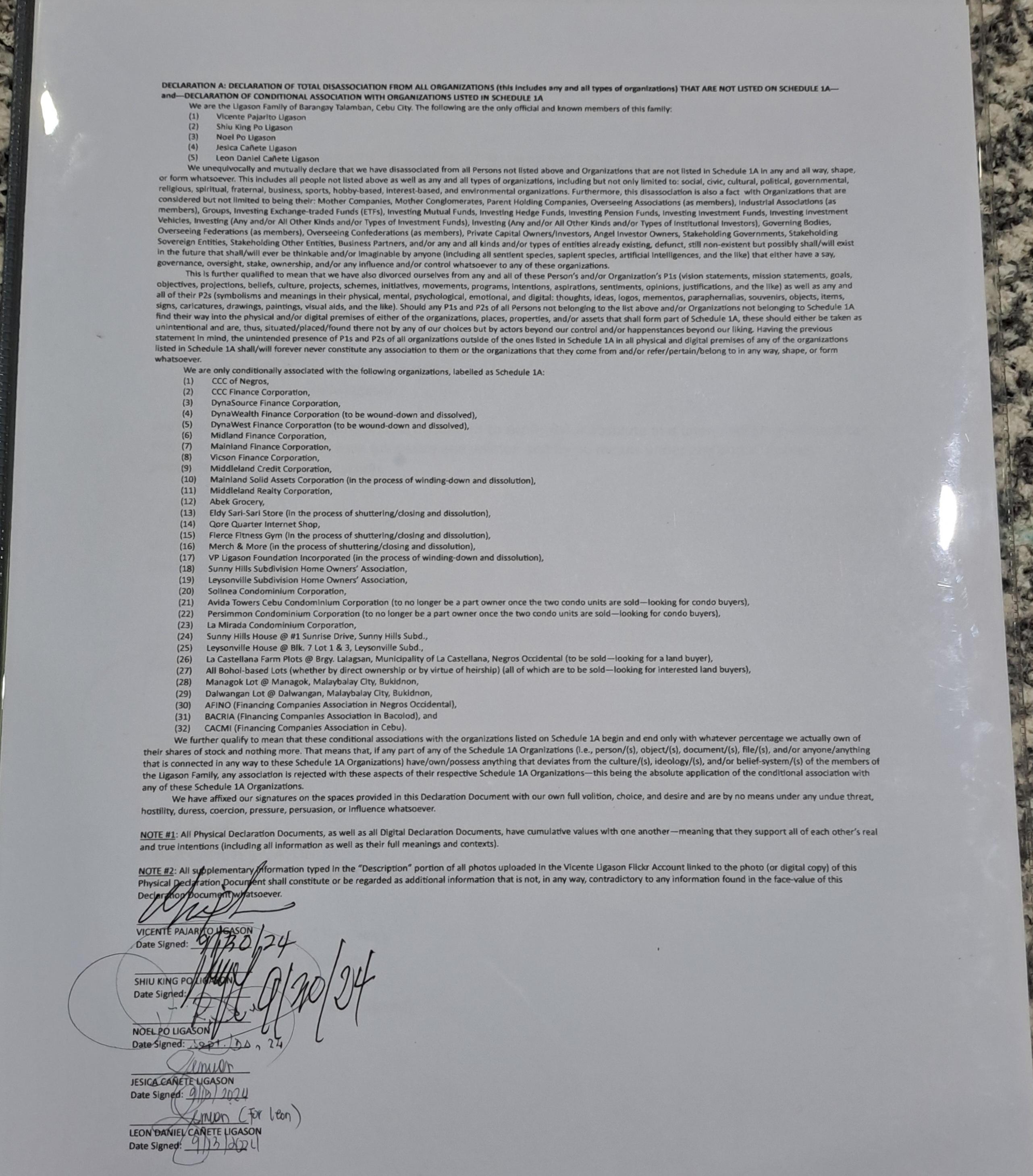In today’s complex financial landscape, effective wealth management is crucial for families seeking to preserve and grow their assets. However, navigating this intricate terrain is fraught with potential pitfalls that can jeopardize financial stability and long-term goals. From inadequate diversification to emotional decision-making, these common missteps can undermine even the most well-intentioned financial strategies. This article delves into the prevalent challenges families face in wealth management and provides a comprehensive guide to avoiding these pitfalls. By understanding and anticipating these hurdles, families can implement robust strategies that safeguard their financial legacy, ensuring prosperity for future generations. Through an analytical lens, we will explore practical solutions and best practices, empowering families to make informed decisions with confidence and clarity.
Understanding the Unique Financial Needs of Your Family
When it comes to managing your family’s finances, a one-size-fits-all approach simply won’t suffice. Each family has its own set of dynamics, aspirations, and challenges, which means financial strategies should be as unique as the families themselves. To truly understand and cater to your family’s financial needs, consider evaluating the following key aspects:
- Life Stages: From young families just starting out to those planning for retirement, each stage of life brings different financial priorities and challenges.
- Income Sources: Whether it’s a single income household or a dual-income family, the sources and stability of income play a crucial role in financial planning.
- Long-Term Goals: These could range from saving for children’s education to planning for a comfortable retirement. Understanding these goals helps in crafting a strategy that aligns with your family’s future aspirations.
- Risk Tolerance: Different family members may have varying levels of comfort with financial risk, affecting investment choices and financial security measures.
By addressing these elements, families can build a financial plan that not only meets immediate needs but also supports long-term objectives. This tailored approach helps in avoiding common pitfalls such as over-reliance on a single investment type or neglecting essential insurance coverage. Embracing a customized strategy ensures that your family’s unique financial landscape is well-navigated, paving the way for a secure and prosperous future.

Strategies for Effective Communication Among Family Members
To foster a harmonious family dynamic in wealth management, it is crucial to establish open and honest communication channels. Family meetings can serve as a regular platform where members can express their views and concerns about financial decisions. Encouraging each member to participate and voice their opinions helps in cultivating a sense of shared responsibility and inclusiveness. Consider implementing a “talking stick” approach, where only the person holding the designated item can speak, ensuring everyone has an equal opportunity to contribute.
Additionally, setting clear expectations and boundaries can prevent misunderstandings and conflicts. It’s beneficial to outline roles and responsibilities clearly, so each family member understands their part in the financial strategy. This can be achieved through collaborative discussions, which may include:
- Defining financial goals and priorities together
- Agreeing on decision-making processes to streamline choices
- Documenting discussions and decisions for future reference
By integrating these strategies, families can effectively navigate the complexities of wealth management, ensuring that each member feels valued and understood.
Creating a Comprehensive Financial Plan with Professional Guidance
Embarking on the journey to secure your family’s financial future is a commendable step, but it’s crucial to navigate this path with a well-structured plan. Collaborating with a professional financial advisor can help sidestep common pitfalls that many families face. One of the most frequent mistakes is the lack of a clear, actionable strategy. Without professional guidance, it’s easy to focus on short-term gains rather than long-term stability, leading to missed opportunities for wealth accumulation and preservation.
To create a comprehensive financial plan, consider incorporating the following elements with the help of a professional:
- Risk Management: Ensure your family is protected against unforeseen events through appropriate insurance policies.
- Investment Diversification: Avoid putting all your eggs in one basket by diversifying your investment portfolio.
- Tax Efficiency: Work with your advisor to explore strategies that minimize tax liabilities.
- Estate Planning: Develop a clear plan for wealth transfer to future generations, avoiding legal complexities.
By embracing these components, families can avoid the common traps of wealth management and build a robust financial foundation for generations to come.

Mitigating Risks with Diversified Investment Portfolios
In the realm of family wealth management, one of the most effective strategies to mitigate risks is through the creation of a diversified investment portfolio. This approach spreads investments across various asset classes, sectors, and geographies, which can cushion the impact of market volatility. By not placing all your financial eggs in one basket, you ensure that the underperformance of a single investment does not disproportionately affect your family’s overall wealth. A well-diversified portfolio typically includes a mix of:
- Equities: These offer growth potential but come with higher risk.
- Bonds: These provide stable returns and are generally less volatile.
- Real Estate: This can act as a hedge against inflation and provide rental income.
- Commodities: These can add a layer of protection against market fluctuations.
- Cash or Cash Equivalents: These ensure liquidity and provide safety during market downturns.
Moreover, diversification should also consider temporal factors—investing with a long-term horizon can significantly reduce the risks associated with short-term market fluctuations. By maintaining a balanced portfolio that aligns with your family’s financial goals and risk tolerance, you not only safeguard your assets but also position your family for sustained wealth growth.



